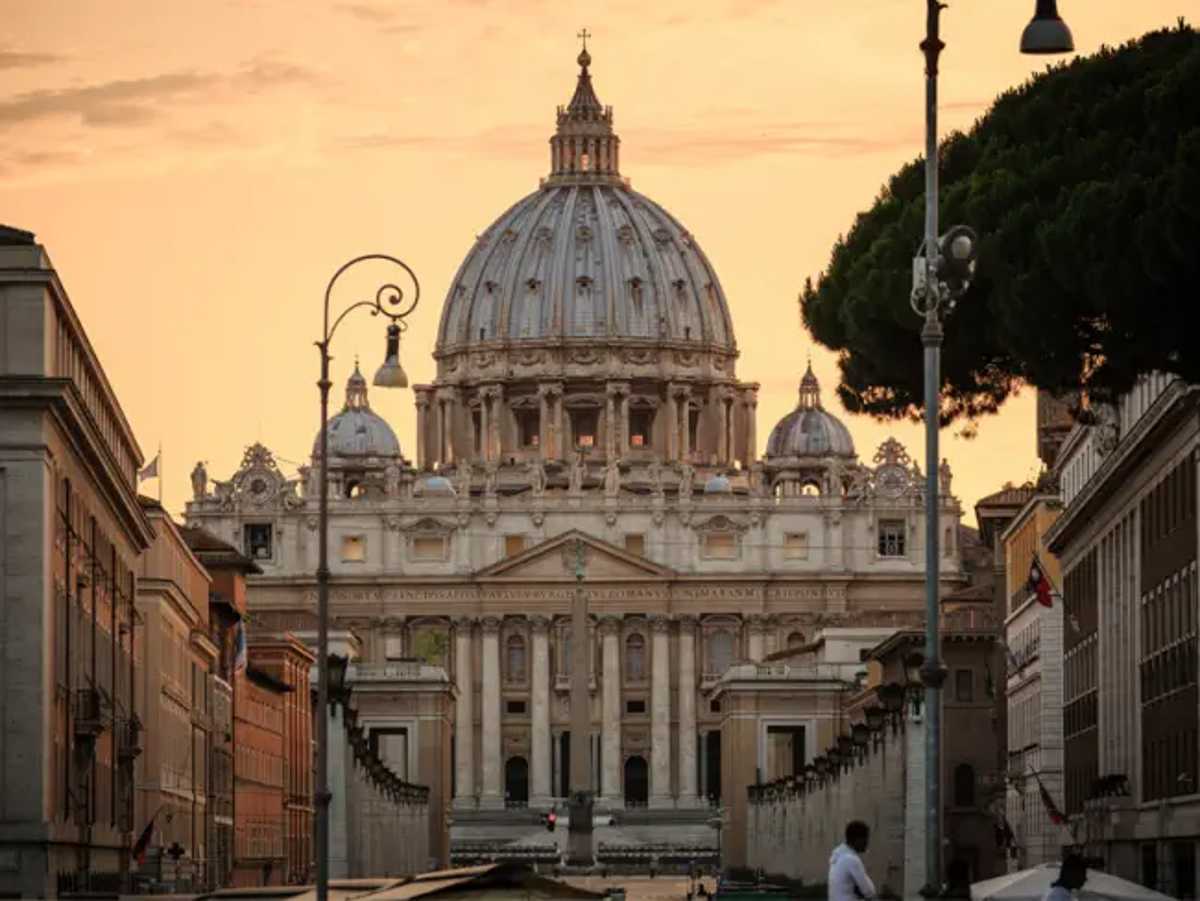Celibacy was enforced only around the 12th century, which means it has been in effect for about half the history of the Roman Catholic Church.
Before then, there were celibate priests, monks and monastic popes - but not as a rule across the church worldwide. Celibacy comes from a potent mix of spiritual, social and political forces.
"It's the idea of being separate from the secular world," said theologian Ed Sunshine of Miami Shores, an associate professor of theology at Barry University. "A celibate clergy became the paradigm of separation from the sinful world."
The New Testament clearly indicates that Peter - known to Catholics as the first pope - was a married man. Other disciples of Jesus are believed to have been married.
In the Bible, celibacy sounds optional. Jesus said some men "have made themselves eunuchs for the sake of the kingdom of heaven. Let anyone accept this who can."
Celibacy became an issue in a theological battle between early Christians and the Manicheans, whose metaphysical sect saw spiritual things as superior to the physical. That meant rejecting marriage, because bearing children amounted to "bringing material into the world," Sunshine said.
The Christian response was that marriage was good, but celibacy was better.
Spanish clerics called for a ban on clerical marriage in 300, but it was rejected in the landmark Council of Nicea in 325, according to the HarperCollins Encyclopedia of Catholicism.
Families politicked for control of the papacy. Priests started to bequeath church property to their children. Kings and nobles bankrolled parishes and rectories, trying to wield influence over clergy.
Celibacy was one answer to these stresses, thinks A.W. Richard Sipe, a psychotherapist and author of the 1995 book "Sex, Priests and Power: The Anatomy of Crisis."
"The question at the time was who is the final power - the king or the church," said Sipe, a former priest. "If (the church) could control a person's sex life, it could control their money, their employment, their benefice."
So in the 11th century Pope Gregory VII banned clerical marriage, a reform that was set in stone a century later. The matter came up again during the Reformation, but the Council of Trent upheld celibacy.
In the Roman Catholic Church, there are two exceptions to Catholic celibacy. Clergy among Eastern Rite Catholics - Melkites, Maronites, Ruthenians and others - may take wives. And since a schism in the 1970s in the Episcopal Church, some married priests have been permitted to become Catholic priests.
In today's Catholic Church, celibacy is classified not as a dogma, like the male-only priesthood, but simply a "discipline" or regulation. That means the pope could change it overnight if he wished. However, no one expects John Paul II to make celibacy optional, since he has more than once spoken out in favor of it.
After John Paul, Sunshine says optional celibacy likely will be tried first in other countries. The first place might be in South America, where the priest shortage is acute, especially in the countryside. Sunshine expects the first non-celibate priests to be Catholic deacons, who have a record of service and a certain level of religious training.
But he differs with those who say that lifting celibacy is the answer to the priest shortage. The novelty of the change may bring more candidates and boost priestly rankings for a generation. After then, Sunshine suggested, it will seem more like just another job.
"The next generation will have gotten the point (that they could marry and still be priests)," Sunshine said. "Then, they'll check it out against other career options."

